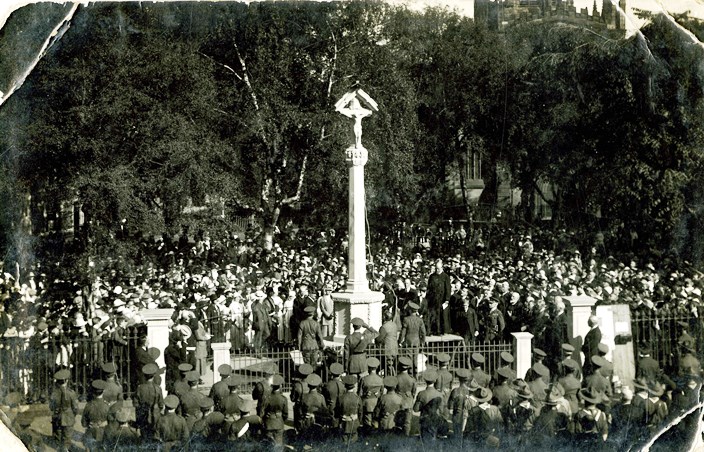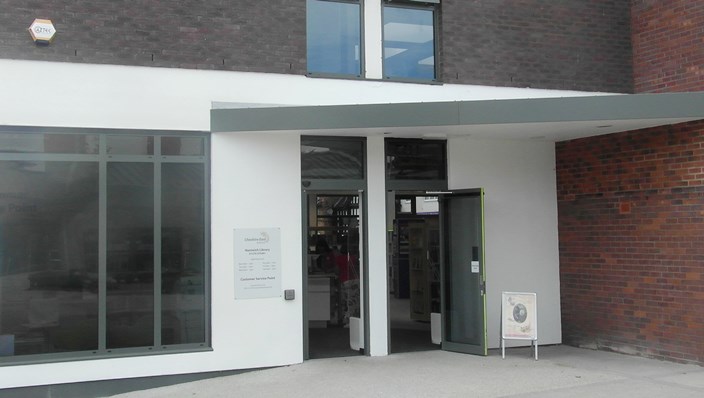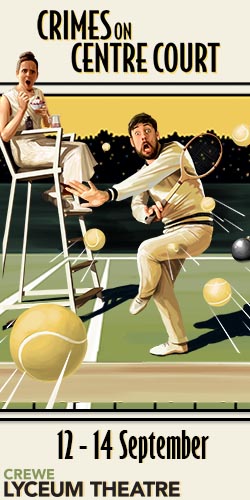
Nantwich’s new-look library will be hosting a one-off talk on postcards of Edwardian times.
The Beam Street venue, which recently re-opened after refurbishment work, is staging the talk delivered by Linda Clarke, from Cheshire Archives and Local Studies.
Picture postcards were the most popular means of communication during Edwardian times between 1900 and 1920, before the telephone was invented.
The talk will look at types of card, stamps, postmarks and messages, which reveal a lot about the sender and recipient.
Like this one (above) of a Dedication Ceremony, at Nantwich War Memorial, circa 1920.
In its heyday, the number of postcards sent was around 5,920,933,334!
 Cities had nearly 10 deliveries a day.
Cities had nearly 10 deliveries a day.
Cheshire Archives and Local Studies holds a large number of picture postcards of landscapes, places, people, soldiers, buildings and novelty cards.
More than 3,000 have been digitised, and some of these can be viewed on the Cheshire Image Bank at www.cheshireimagebank.org.uk
The talk takes place on Tuesday July 14, 2.30pm to 4pm, in the local studies room where refreshments will be available.
The event is part of a larger exhibition in the library celebrating Edwardian Cheshire using material from the Cheshire Archives and Local Studies service, in conjunction with Cheshire East Reflects and Cheshire East Libraries.
It takes a fascinating look at life in Cheshire East between 1900 and 1920.
Nantwich library is also staging an official grand opening of its new-look, set for Friday July 24 at 11am.
A number of town dignatories will be attending a ribbon will be cut to mark its new era.
For more information or to book a place on the talk telephone Nantwich Library on 01270 375361.






















Recent Comments